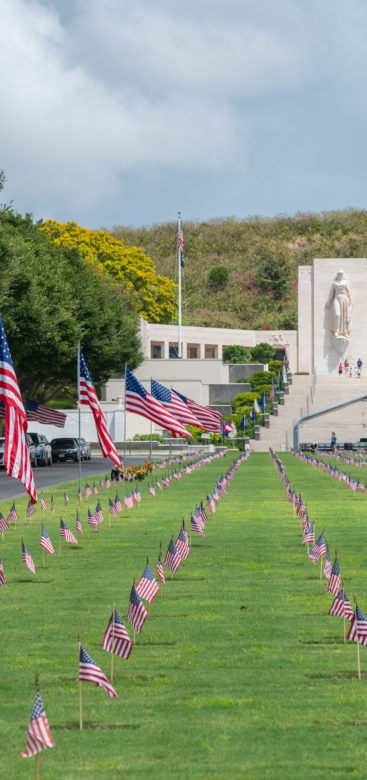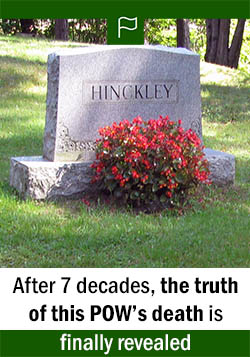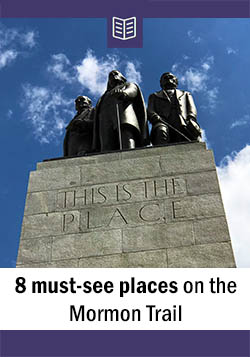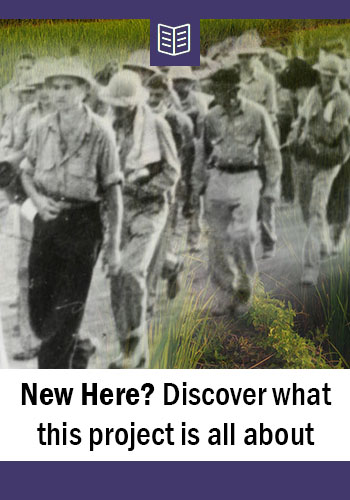My husband and I had a strange assignment . . .
Photograph EVERY headstone in Honolulu’s Punchbowl Cemetery.
(This was back in April 2011 when we both worked for Ancestry.com.)
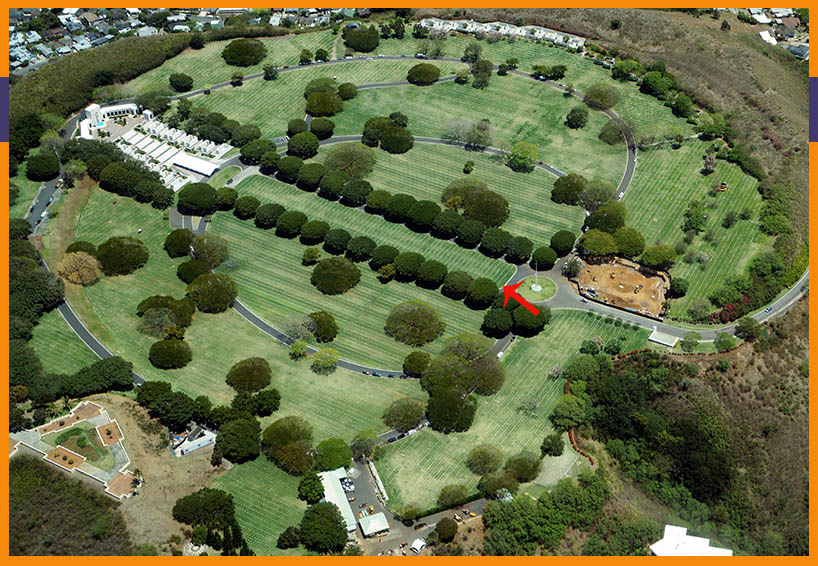
One day I photographed section A, which includes headstones for men killed in the attack on Pearl Harbor (see the red arrow in the pic above). I walked up and down the rows photographing headstones that all looked like this:
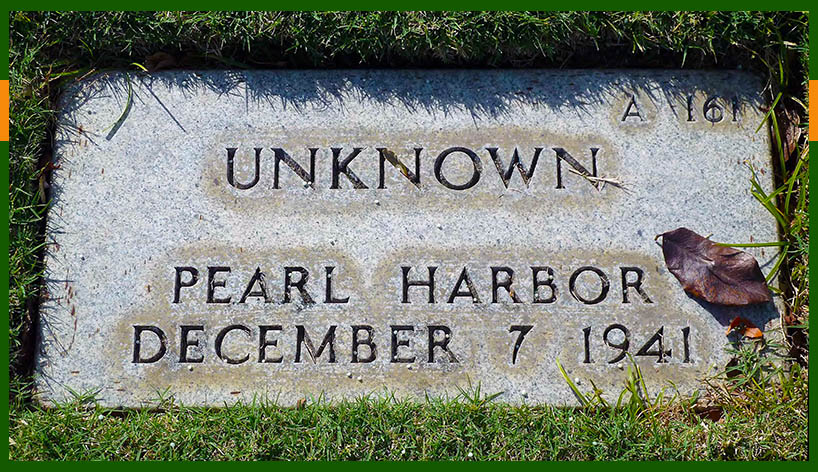
I’d start at the first headstone in a row.
“Unknown, Pearl Harbor, December 7 1941.”
Center. Focus. Click. Step three feet to the right.
“Unknown, Pearl Harbor, December 7 1941.”
Center. Focus. Click. Step three feet to the right.
Unknown. [Focus. Click. Step right.] Unknown. [Click. Step right.] Unknown. [Click.] Unknown, unknown, unknown. Up and down row upon row upon row.
It was a poignant experience for me.
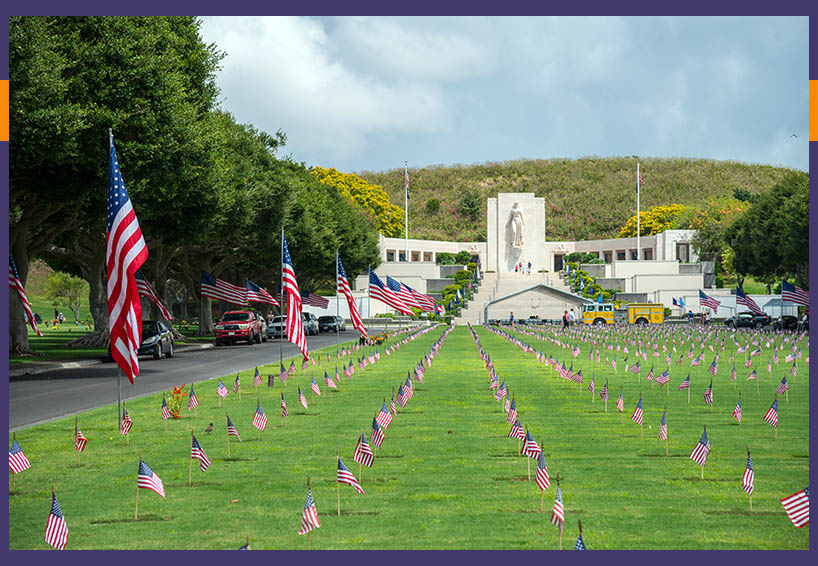
Who will remember the Unknown soldier?
Since that day, I think often about Unknown soldiers. War is started by old men’s words and paid for with young men’s blood. Many, dare I say most, of these young men did not have wives or children. They hadn’t even started living, as I once heard a WW2 vet put it.
And I wonder, “Who will remember them?”
It’s a tragic irony that those who sacrifice the most for our freedoms are the ones most likely forgotten.
People remember an uncle who fought and died in “the war.” Or maybe even that their grandfather’s brother did the same. But what about the brother of a great-grandparent or a great-great-grandparent?
Most people probably don’t even know their great-grandparents’ names, let alone the story of a great-grandparent’s sibling who died in a war.
At some point there are few people left to remember those who, as Abraham Lincoln said, “gave the last full measure of devotion.”
And this is why I do what I do with the POW story on this website.
Discovering an unknown and forgotten Civil War hero
Several years ago, a friend told me this story:
She’s the proverbial Latter-day Saint whose family tree is “already done.” All the names found, all the temple work completed.
Still, she decided to go through the FamilySearch tree and make sure the it had correct info about her people. She eventually stumbled across a family with a lot of children. Their temple work was 100% completed — except . . .
Well, she found a census record for the family that listed a son whose name wasn’t in the FamilySearch tree. (Remember this tree was “already done,” right.)
So she started digging into the son’s life. And you won’t believe what she found.
This son served in the Civil War. Not only fought — but killed in action. And his grave is in a battlefield cemetery hundreds, if not thousands, of miles away from his home.
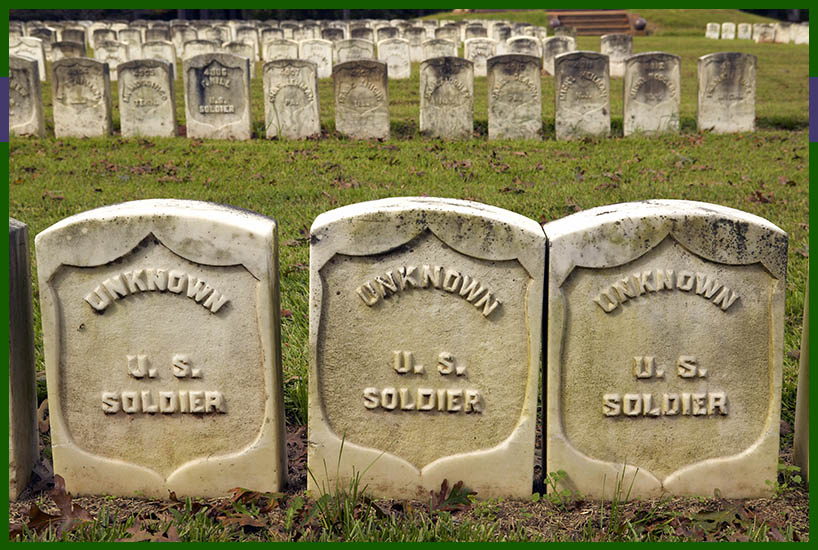
Alone. Forgotten.
And not just in this life. The rest of his family had been sealed together. But not him. He was separated from them in life. He remained separated from them in death.
Until, that is, my friend decided to verify the work on her “already done” family tree. And now, because of her, that family is truly together.
My friend found an Unknown soldier in her family tree.
Yes, his grave marker has his name, but he was Unknown to his living — and only remaining — family.
But now she can share his story, his life, his sacrifice with her living family.
Who is Unknown your tree?
I’ve become quite passionate about remembering the Unknowns.
As time marches farther and farther from WWI and WWII, the honored uncles and great-uncles (and, of course, aunts and great-aunts) who sacrificed their lives for freedom will be forgotten by the younger generations.
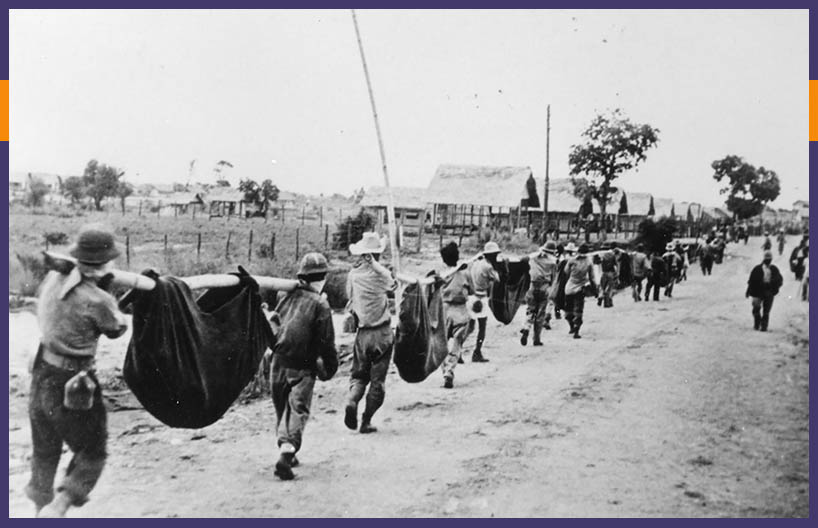
But this idea goes beyond battlefield Unknowns.
Each of us have Unknowns in some way or another. The people who lived before us, whose lives and decisions paved the way for us to be where we are today. Have any become unknown and forgotten?
My challenge to you is discover and share. Take time to discover the lives and stories of your people — the war-time heroes and the sacrificing mother. Then share their lives with your children, siblings, grandchildren, nieces, nephews, and others. In this way, you can honor your ancestors and ensure their memories and stories won’t fade.
I challenge you, if you’re into the research side, to look through your family tree — even if it’s “already done” — and see if anyone is missing, over looked, forgotten.
My challenge to you: No more Unknown people in your family tree.
Read Next
Inspire others
If you know anyone who would be uplifted or inspired by the thoughts in this post, please consider sharing. Thank you!
